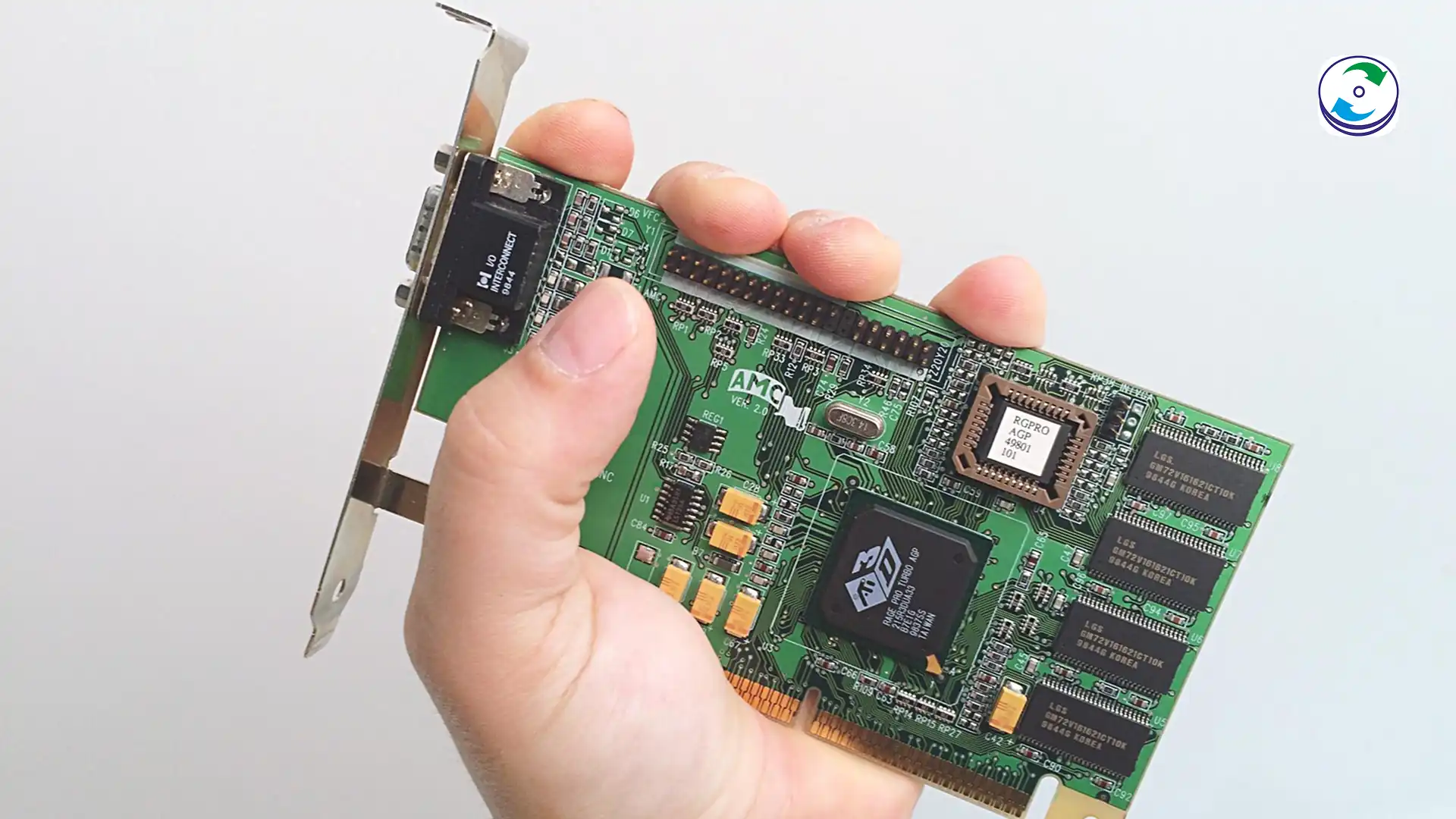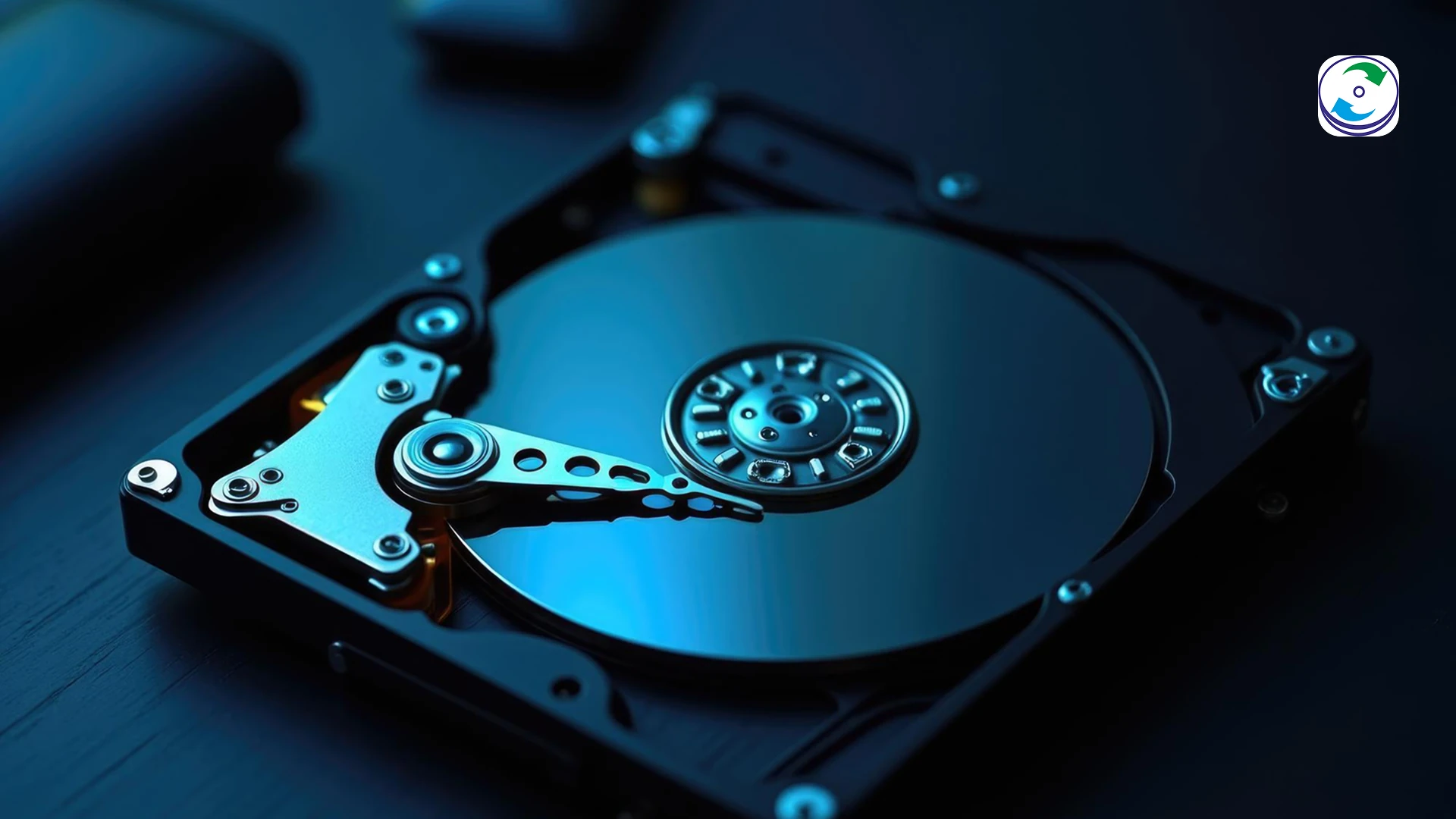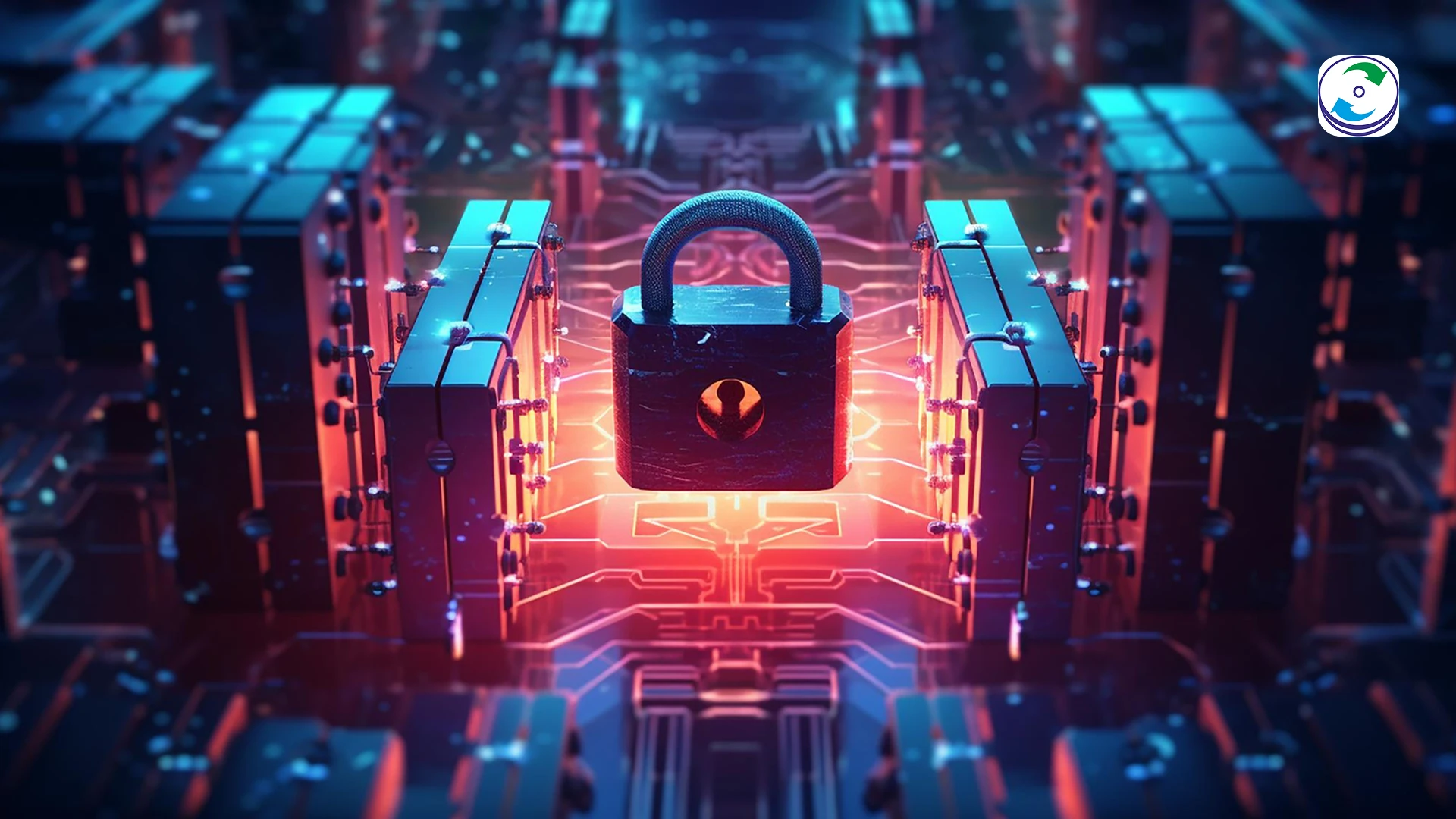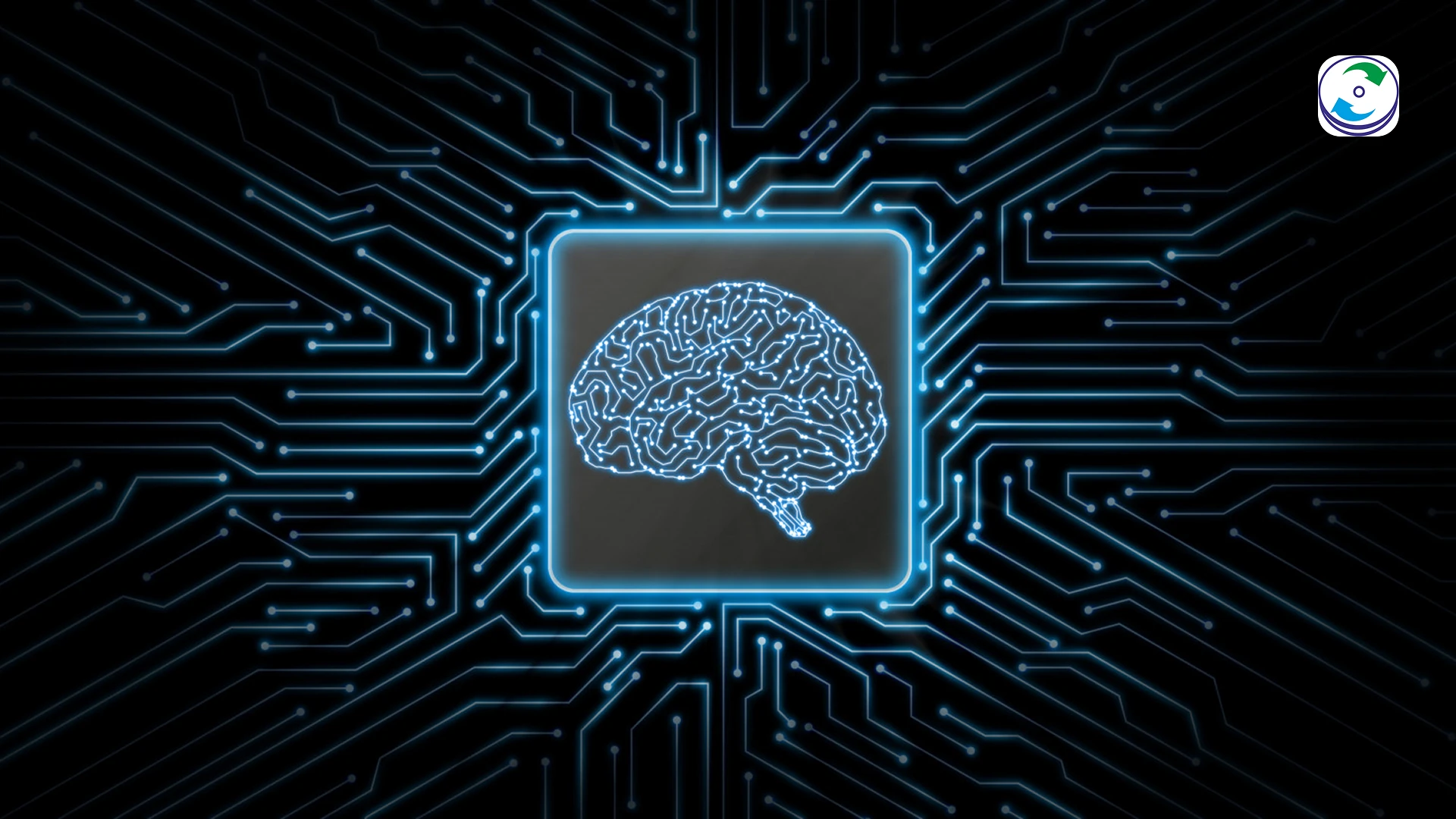Sudden Death Syndrome: The Firmware Failures That Turn SSDs into Unreadable Bricks
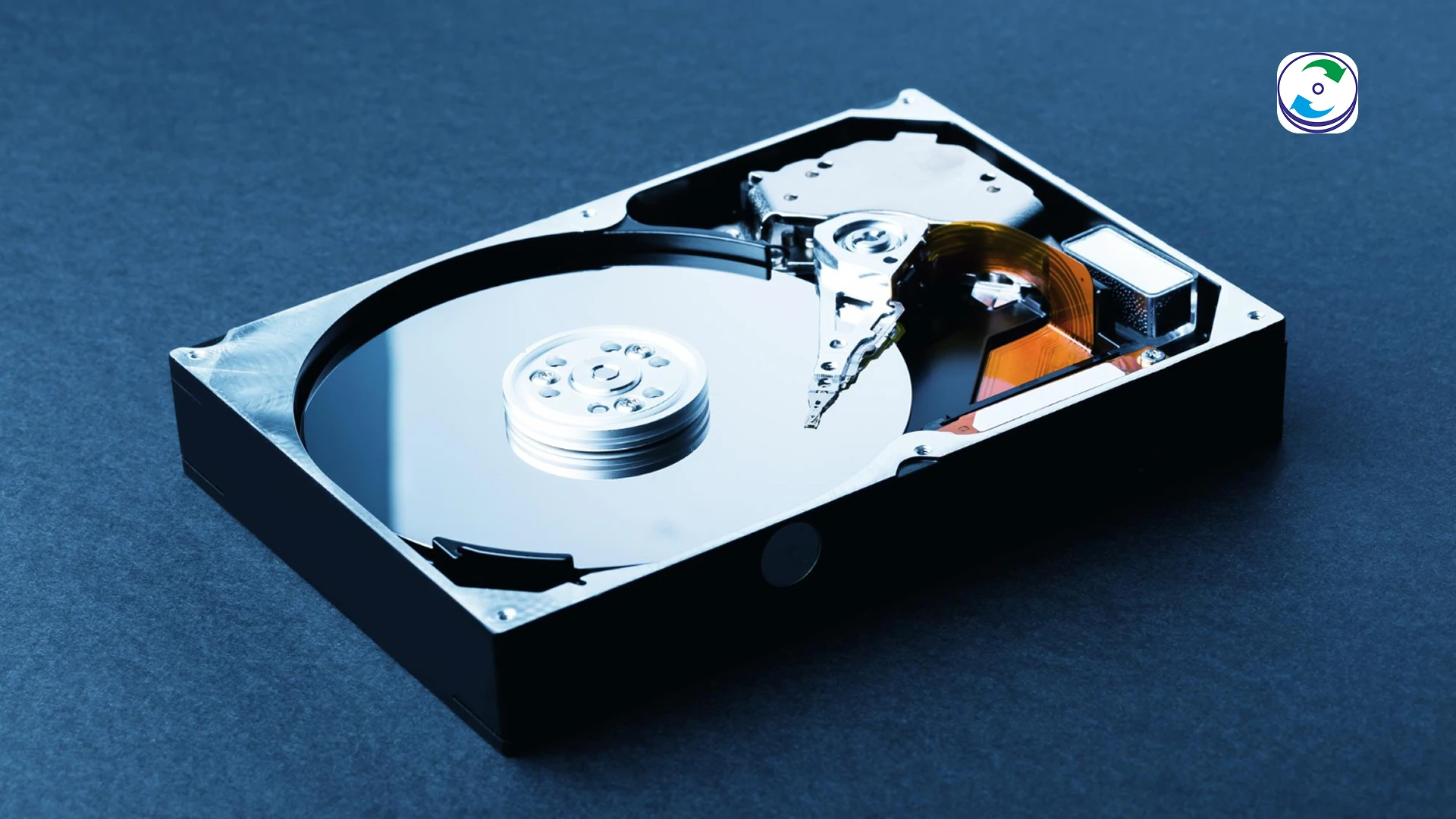
Introduction
Solid State Drives (SSDs) are the workhorses of modern computing, prized for their speed and reliability. Unlike Hard Disk Drives (HDDs), they have no moving parts, leading many users to assume they are immune to sudden, catastrophic failure.
This is dangerously untrue. While SSDs avoid mechanical failure, they are highly susceptible to an electronic crisis known as “Sudden Death Syndrome,” often caused by a failure in the drive’s internal firmware or controller chip.
When this happens, your lightning-fast storage device instantly turns into an unreadable, uncommunicative brick. The physical NAND flash chips containing your data are often perfectly fine, but the data is completely inaccessible because the controller, the drive’s miniature CPU, has locked up. Recovering this data requires specialized, forensic techniques that bypass the entire control structure of the SSD.
The Controller: The Single Point of Failure
The SSD Controller is a sophisticated microchip that manages every aspect of the drive, including:
-
Wear Leveling: Distributing data writes evenly across all NAND cells to maximize lifespan.
-
Error Correction Code (ECC): Ensuring data integrity during read/write cycles.
-
Encryption Management: Handling cryptographic keys for data security.
-
Translation Layer: Mapping the physical addresses of the NAND chips to the logical addresses the computer sees (like a phone book for your data).
A failure in the controller’s firmware—its operating system—corrupts this crucial translation layer. Without the map, the drive cannot assemble the raw data bits into coherent files, leading to two common failure states:
1. The “Bricked” State (Unrecognized Drive)
The drive is no longer recognized by the computer’s BIOS or operating system. It appears as “0GB” or shows an incorrect, generic name. This usually indicates that the controller chip has completely failed or is stuck in an infinite loop due to firmware corruption. The drive is effectively dead, despite the NAND chips being intact.
2. The Read-Only Lockout (The Data Prison)
Some controllers, particularly those in certain older generations of drives, are designed to enter a read-only state if they detect critical wear or a severe corruption event. This protects the data from further damage but also prevents the user from recovering it via normal means, requiring forensic tools to extract the data stream.
Why DIY Fails: The Proprietary Language Barrier
You cannot simply transfer NAND chips from a dead SSD to a new one, as you might a hard drive PCB. Here’s why SSD recovery is vastly more complex:
-
Unique Controller Algorithms: Each SSD model (e.g., Samsung, Crucial, SanDisk) uses a proprietary, secret algorithm for wear leveling and mapping. Only the original, intact controller knows how to correctly piece together the scattered fragments of data on the NAND chips.
-
Physical Layout (RAID on a Chip): Data is striped across the many NAND chips in a format similar to RAID, but unique to the controller. Without the controller’s specific algorithm, the raw data pulled from the chips is a meaningless jumble of binary code.
The Professional Solution: Direct NAND and Forensic Emulation
DataCare Labs tackles these complex SSD failures with specialized, high-end equipment that bypasses the failed controller entirely:
-
Chip-Off Data Extraction: In severe cases, engineers physically de-solder the individual NAND flash chips from the dead PCB.
-
Raw Dump Imaging: The raw binary data is extracted from the NAND chips using a specialized reader. This data is highly scrambled and useless at this stage.
-
Forensic Controller Emulation: Using proprietary software and advanced algorithms, our engineers must manually reverse-engineer the mapping system used by the failed controller. They essentially build a virtual, working controller chip to re-assemble the raw binary data into a coherent, readable file system.
-
Decryption and Validation: If the data was hardware-encrypted (which many SSDs are), the decryption must be handled during the re-assembly process before the data can be validated and delivered.
Conclusion: Don’t Let Firmware Lock Up Your Legacy
When an SSD succumbs to Sudden Death Syndrome, the failure is often purely electronic and algorithmic. The data is still there, locked behind a corrupted translation layer. Attempting any DIY repair or simple software scan is dangerous, as it can further corrupt the firmware or stress the already compromised chips.
If your SSD has suddenly gone dark, contact DataCare Labs immediately. We possess the rare, specialized tools and proprietary knowledge required to perform direct NAND data recovery and re-engineer the controller algorithms—your only viable path to saving data from a bricked SSD.



